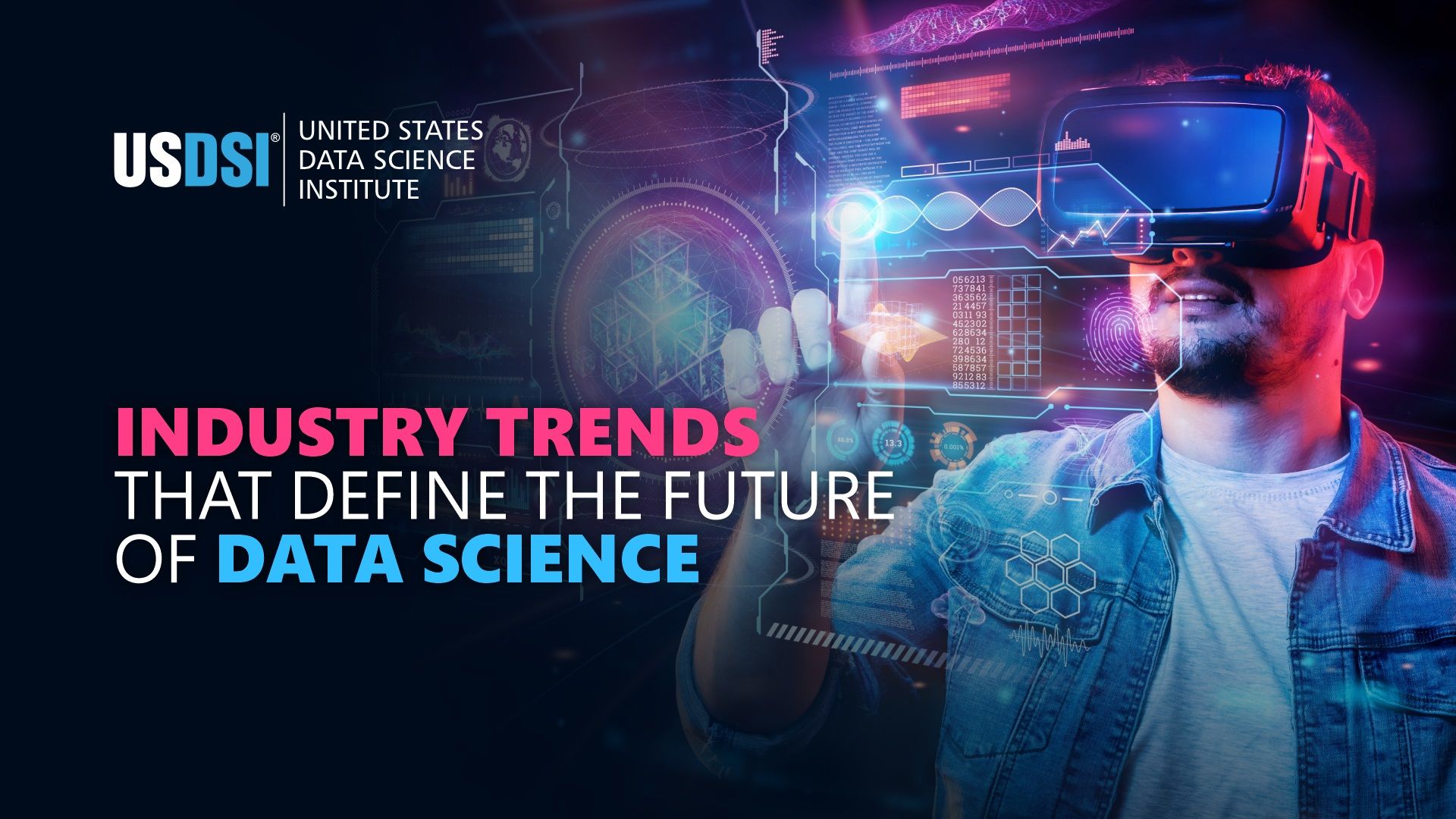
The gargantuan hole that is data science has swallowed time, power, resources, talent, and more from society during its formative years in the last decade, and it is still evolving. Like a massive black hole, sucking in even more talent, resources and innovation.
There is no telling where this will land up, but let’s bring out the crystal ball and glance into the amazing future of this technology that seems to morph and evolve at warp speed. What are the Industry Trends defining the Future of Data Science?
Here we go:
The umbrella terms of AutoML has several key components:
Though we sprinkled a dash of humor there, AutoML is not to be taken lightly. It is a tool that augments human performance instead of supplanting it. The future belongs to those who can dance the delicate waltz of AutoML and human intuition with flawless precision.
In a future world, and this world will come, if we allow it, where algorithms exist in a superposition of states, simultaneously processing oceans of data faster than you can blink your eye. Welcome to the brave new world of Quantum Machine Learning. Already in research and soon to be in testing and production, QML is the where the mysteries of Quantum mechanisms collide with the modern world of Machine Learning Algorithms. QML is not just another buzzword to add to your LinkedIn profile; it's a paradigm shift that promises to solve complex optimization problems with the ease of a hot knife through butter. Using superposition and entanglements and other quantum components, QML algorithms are multifaceted and can explore multiple solutions simultaneously, even if it a missile system or drug discovery. Some important things to know:
This era of Quantum Computing will be different than the efforts of its predecessors. There will be several key developments including:

Yes its cutting Edge (pardon the pun). A world where every device you use, from smartphone to wearables and even your oven, is equipped with AI. Although this is not the opening scene of another science fiction series episode, it’s the promise of Edge AI.
How does it work?
How is this even possible in a mini wearable like a smart ring? Definitely was the first question that came to mind. Edge AI represents a shift in how we deploy and run AI models. It doesn’t rely on centralized cloud architecture, Edge AI brings the compute power closer to the source of the data to facilitate data processing in real time. This enhances privacy and of course, reduced dependence in Network Connectivity. The implications of this technology is far reaching beyond most sectors:
But with great power comes great... challenges. Deploying Edge AI requires a delicate balance of model compression, hardware optimization, and clever algorithm design. A funny quote from Dan Greer sums it up pretty well, “ the next time you are optimizing that deep learning model, ask yourself: “can this run on a potato”? In the world of Edge AI, that just might be your next deployment target.

Democratization in Data Science is like giving everyone a superpower, but unlike flying or being invisible, it is wrangling data like a pro.
However, XAI is not just a tool to appease regulators. It also acts as the cornerstone of ethical AI by providing transparency in the decision-making process. New, emerging techniques such as LIME (Local Interpretable Model-agnostic Explanations) and SHAP (SHapley Additive exPlanations) are rapidly gaining prominence. But The act of explaining AI itself is a delicate one. Simplifying complex models for Explainability can lead to fidelity and feature losses. They are also susceptible to bias and need to be monitored thoroughly.
The number of future possible data science trends are an almost impossible task to consolidate in one blog. The data scientist’s role is evolving today. They are no longer just number crunchers, or code-heads. Today, they are the orchestrators of AI, interpreters of complex systems, and guardians of ethical AI practices. With so many hats to fill, they need to upskill incessantly and get certified in the latest trends constantly. This probably explains why most AI engineers today started their career in Data Science and progressed rapidly with professional certifications.
This website uses cookies to enhance website functionalities and improve your online experience. By clicking Accept or continue browsing this website, you agree to our use of cookies as outlined in our privacy policy.